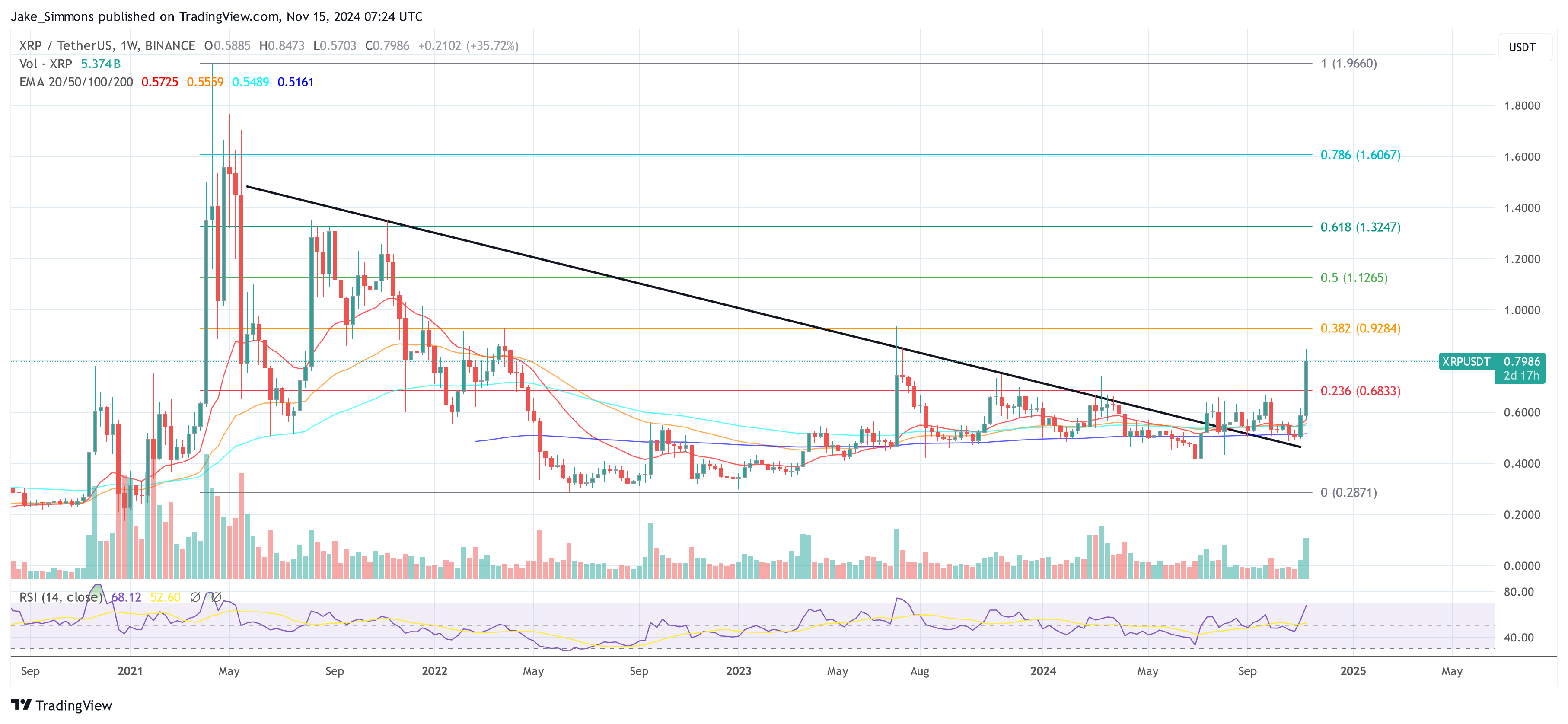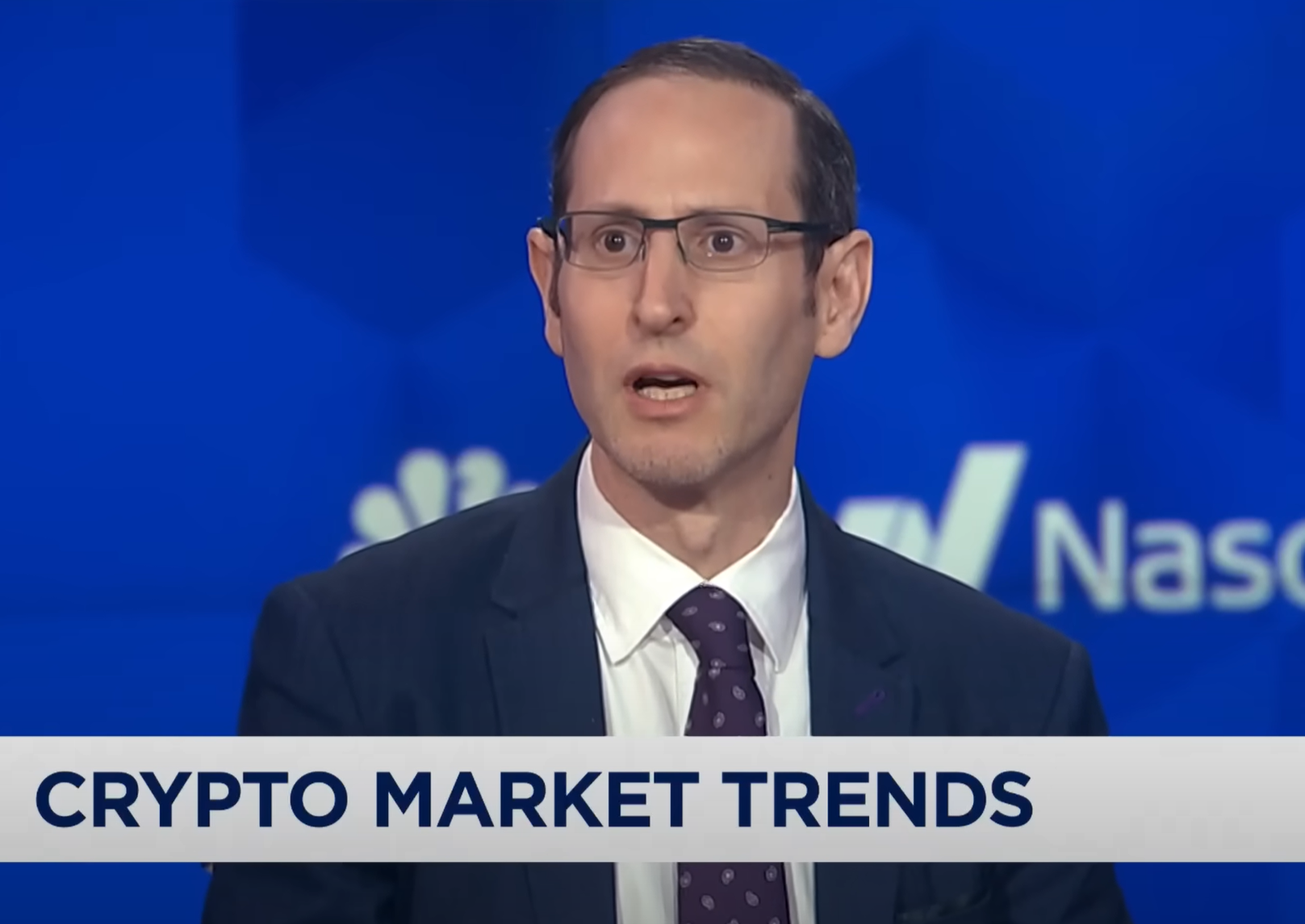Pax.world closed its first-ever public land sale in its planned metaverse last week, fetching 10.1 ETH ($30,148.70 USD) for a highly sought-after plot adjacent to a metaserai, or central gathering place for pax.world’s inhabitants, to be designed by the renowned global architecture firm Grimshaw.
The buyer, who has chosen to remain anonymous, has not yet announced plans for developing the prime parcel, which was sold on OpenSea. The land offers breathtaking water views and direct access to the Paxway, Pax Island’s main thoroughfare.
Founded by Sir Nicholas Grimshaw in 1980, Grimshaw was selected to design the first of four metaserai planned for pax.world, which harken to the famed caravanserai or “caravan palaces” of the great overland trade routes of a bygone age. Like their ancient counterparts, which were the backbone of trade and cultural exchange for the civilizations of the time, pax.world’s metaserai will serve as focal points where people of all backgrounds, identities, languages and economic circumstances can gather, socialize, transact, learn and grow as a community.
Pax.world’s open metaverse platform and its advanced audio, video and chat features and life-like avatars are designed to provide rich, interactive experiences that encourage and facilitate socialization, education, entertainment, commerce and more. It is the first metaverse truly optimized for performance, making it accessible from a web browser on a basic laptop computer or mobile device with the same utility as a desktop computer equipped with a VR headset and powerful graphics capabilities.
“Our vision for pax.world is of a welcoming, self-governing society that is accessible to everyone, everywhere, with minimal technology requirements,” said pax.world’s founder, Frank Fitzgerald. “To us, the metaverse is an exciting place where communities can come together to enjoy meaningful moments, content and experiences that bring people in our world closer to one another while giving them complete autonomy and control over their online lives and data.”
Leading architects see pax.world, which has been laid out by the noted city planner Thomas Sevcik, as a vast blank canvas for exploring how real-world design processes, 3D visualization technologies and the democratization of land use converge in a virtual environment.
“From our founding, Grimshaw has led the design and architecture industry in the development of buildings that are adaptable, consider change, flexibility of use and sustainable principles to extend their life and use,” Grimshaw Chairman Andrew Whalley said.
“The emerging virtual world—the metaverse—provides us an opportunity to extend and expand this thinking, and the invitation to design a metaserai within pax.world is an opportunity for us to further understand the perception of spaces in architecture and their life beyond the physical world.
“It will be our knowledge and development of building physics, design, engineering, adaptability, environment and construction that will enable us to consider the qualities of space without these material constraints. Over the course of the pandemic, we have all learned the critical importance of continued connectivity using digital platforms, however we also suffered from the lack of social exchange that the traditional workplace offers. We see the metaverse as offering an incredible opportunity to build on the global connectivity of digital platforms while reintroducing the social sense of connectivity from a shared environment. We look forward to developing with pax.world, within the context of today’s social, economic and environmental disparities, a commitment to fundamentally address where our physical, real, and precious nature-based future could be.”
Disclaimer: This article is provided for informational purposes only. It is not offered or intended to be used as legal, tax, investment, financial, or other advice.
Credit: Source link























